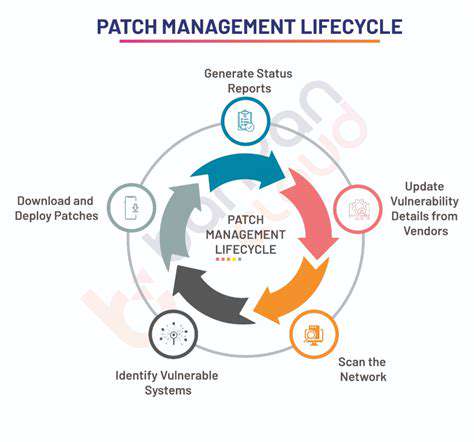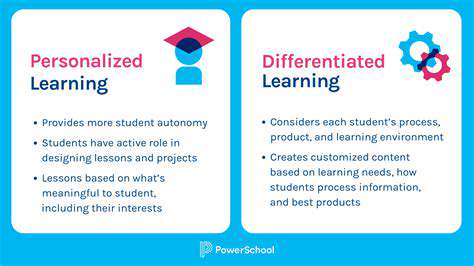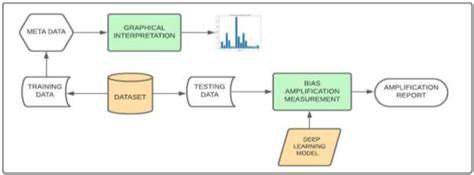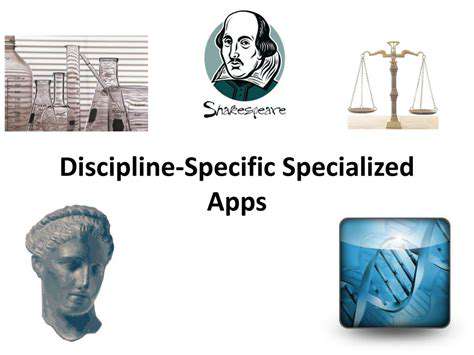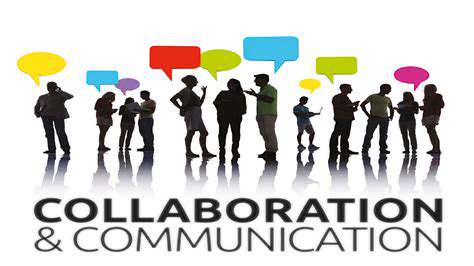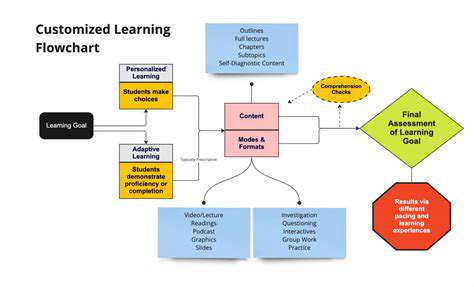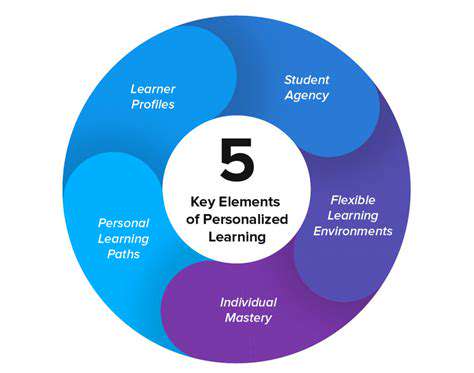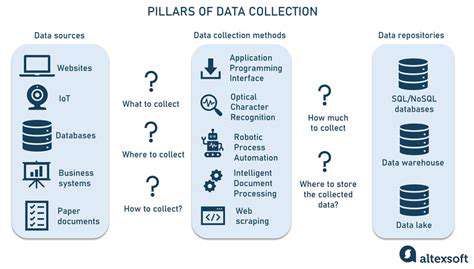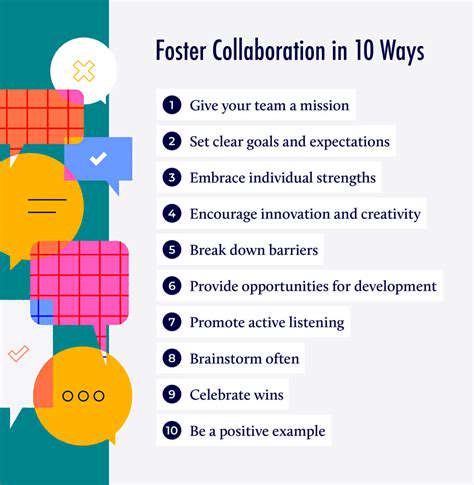Gamification: The Secret Ingredient for Student Engagement
The Rise of Gamified Learning Environments
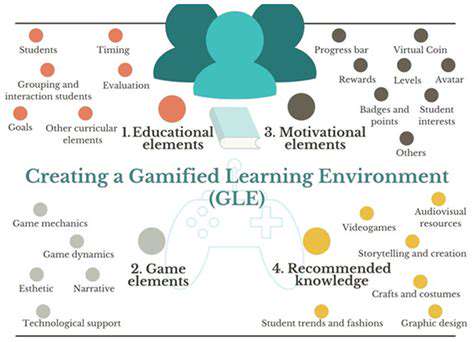
Gamification's Impact on Engagement
Gamified learning environments leverage game mechanics to enhance student engagement and motivation. This approach, by incorporating elements like points, badges, and leaderboards, transforms the learning experience from a passive activity to an active, interactive one, leading to greater student participation and a more stimulating learning environment. By making learning more enjoyable, gamification can foster a deeper understanding of the subject matter.
Personalized Learning Paths
One of the key advantages of gamified learning is its ability to create personalized learning paths. Adaptive learning platforms adjust the difficulty and content based on individual student progress, ensuring that each student receives the support they need to succeed. This tailored approach fosters a sense of accomplishment and motivates students to continue learning and mastering new concepts.
Motivation and Intrinsic Rewards
Gamified learning environments often incorporate intrinsic rewards, such as the sense of accomplishment from mastering a skill or the satisfaction of completing a challenge. These intrinsic motivators can be significantly more powerful than external rewards like grades or prizes. This focus on internal satisfaction can cultivate a lifelong love of learning and a desire to explore new knowledge.
Improved Knowledge Retention
By making learning more interactive and engaging, gamified learning environments can significantly improve knowledge retention. The active participation and problem-solving inherent in game mechanics help students to internalize information more effectively, leading to a stronger understanding and longer-term recall. This improved retention is a crucial benefit for students, allowing them to apply their knowledge in diverse contexts.
Enhanced Collaboration and Communication
Many gamified learning platforms promote collaboration and communication among students. Through collaborative challenges and group projects, students learn to work together, share ideas, and develop essential teamwork skills. This fosters a positive learning environment where students learn from one another and develop crucial social-emotional skills.
Accessibility and Inclusivity
Gamified learning platforms can make education more accessible and inclusive for all students. The interactive nature of games can appeal to a wider range of learning styles, and the adaptable nature of many platforms can cater to diverse needs and abilities. This approach ensures that all learners can participate and benefit from the learning experience, regardless of their background or learning preferences.
Potential Challenges and Considerations
While gamified learning offers numerous benefits, it's crucial to consider potential challenges. Over-reliance on game mechanics can sometimes overshadow the core educational goals. Careful design and implementation are essential to ensure that the game elements enhance, not detract from, the learning process. It's also important to ensure that the gamified elements align with the learning objectives and do not create a distraction.

Measuring the Impact and Optimizing for Success
Understanding the Core Principles of Gamification
Gamification, at its heart, leverages game design elements to enhance engagement and motivation in non-game contexts. This involves incorporating game mechanics, such as points, badges, leaderboards, and challenges, into processes like learning, productivity, or customer interactions. Understanding the core principles of gamification is crucial for implementing effective strategies. This involves more than just adding points; it requires a deep understanding of the user's motivations and how game mechanics can align with those motivations.
The key is to identify the intrinsic motivations of the users and design systems that tap into those motivations. This could mean fostering a sense of accomplishment, encouraging social interaction, or creating a sense of progress and mastery. Effective gamification strategies go beyond simply adding game-like elements; they require a thoughtful approach that considers the specific needs and goals of the audience.
Identifying Key Performance Indicators (KPIs) for Gamified Systems
To truly measure the impact of gamification, you need to establish clear KPIs. These metrics should align directly with the objectives of your gamified system. For example, if you're using gamification to improve customer engagement, your KPIs might include metrics like increased website visits, higher customer satisfaction scores, or improved conversion rates. Tracking these metrics regularly will provide valuable insights into the effectiveness of your gamification strategy.
Careful consideration needs to be given to choosing the right metrics. You don't want to get caught up in vanity metrics that don't truly reflect meaningful progress. Instead, focus on metrics that directly impact your business goals. This will ensure that your gamification efforts are contributing to a measurable improvement in key areas.
Designing Engaging and Motivating Game Mechanics
A crucial element of successful gamification is the design of compelling game mechanics. These mechanics should effectively motivate users to participate and achieve their goals within the system. This involves careful consideration of the rewards, challenges, and feedback loops that are incorporated.
Points, badges, and leaderboards are common examples of game mechanics that can drive user engagement. However, the effectiveness of these mechanics is heavily dependent on their implementation. For instance, points should be meaningful and contribute to a sense of achievement, while leaderboards should not create unnecessary competition or feelings of inadequacy.
Analyzing User Behavior and Feedback
Understanding how users interact with your gamified system is critical for optimizing its effectiveness. Collecting and analyzing user feedback is essential for identifying areas for improvement and ensuring that the system remains engaging and relevant to their needs. Analyzing user behavior patterns can reveal insights into what aspects of the game mechanics are most effective and which ones might need adjustment.
Implementing and Iterating on Gamification Strategies
Successfully implementing gamification requires a phased approach. Start with a pilot program to test the effectiveness of different elements before rolling it out to a wider audience. This allows you to gather feedback and make necessary adjustments before committing significant resources. Continuously evaluating and refining your gamification strategy based on user feedback and performance data is key to maintaining its effectiveness over time.
Measuring the ROI of Gamification Initiatives
Quantifying the return on investment (ROI) of gamification initiatives is essential to demonstrate their value and secure continued support. This involves carefully tracking metrics related to business outcomes, such as increased productivity, reduced costs, improved customer satisfaction, or enhanced employee retention. Establishing clear links between gamification activities and measurable business results is crucial for demonstrating the ROI and justifying future investments.
Addressing Potential Challenges and Pitfalls
While gamification offers significant potential, it's crucial to be aware of potential challenges and pitfalls. One common issue is the risk of over-reliance on superficial game mechanics, leading to a lack of genuine engagement. Another potential challenge is ensuring that the gamified system aligns with the overall goals and objectives of the organization. Careful planning and ongoing monitoring can help mitigate these risks and ensure that gamification efforts contribute positively to the desired outcomes.
Read more about Gamification: The Secret Ingredient for Student Engagement
Hot Recommendations
- The Gamified Parent Teacher Conference: Engaging Stakeholders
- Gamification in Education: Making Learning Irresistibly Fun
- The Future of School Libraries: AI for Personalized Recommendations
- EdTech and the Future of Creative Industries
- Empowering Student Choice: The Core of Personalized Learning
- Building Community in a Hybrid Learning Setting
- VR for Special Education: Tailored Immersive Experiences
- Measuring the True Value of EdTech: Beyond Adoption Rates
- Addressing Digital Divide in AI Educational Access
- Preparing the Workforce for AI Integration in Their Careers
